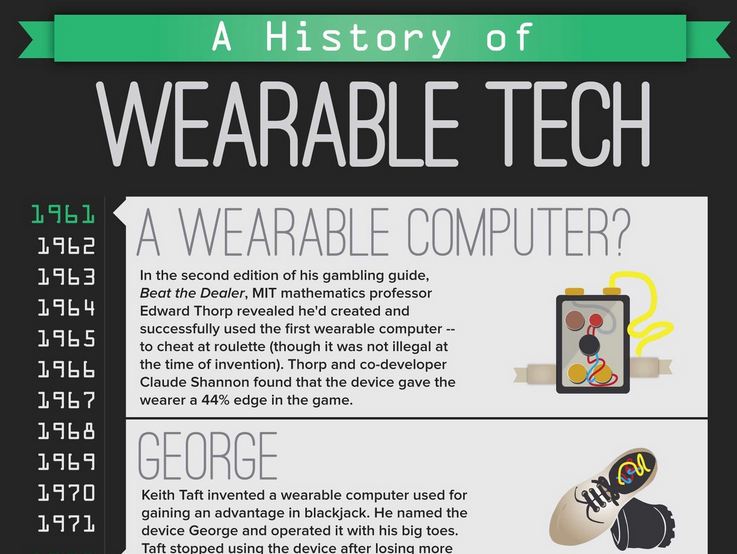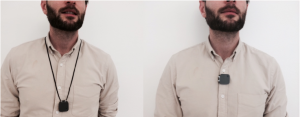Deleting your digital self

Many people have taken their lifelogging habits online. My own mother, for instance, constantly shows her presence on Facebook, uploading photos of our family gatherings or important events and then tagging each and every one of us in the photos. The result is of course, thousands of photographs and an increased online presence for all of us, encompassing both proud and embarrassing moments that we sometimes would not want anyone to see. These photographs or other digital content have been said to be timeless, giving us a digital presence even after death or possibly creating a new job position called the digital death manager. However, this week could signal the start of reversing this everlasting digital self. In fact, the top European court has ruled that citizens must have a right to be forgotten. This means that citizens can ask Google or other online entities to delete search results about themselves. Good news for some, bad news for others – what do you think?
Read more: Google must delete search results on request, rules EU court
Image credited to Please Enjoy
The success of Throwback Thursdays

Now since we are on the topic of digital lifelogging, let’s discuss a little bit more about one of the many platforms used for lifelogging – Instagram. If you have been using Instagram, then the hashtag #TBT should be familiar to you. #TBT or #throwbackthursday are seen and used extensively by many of us on Instagram, and now on Facebook or Twitter too. These hashtags rose in popularity in recent years, and are thrown into the caption of our Instagram photographs when we post a picture of ourselves many years ago on a Thursday. According to Digital Trends, this was started in 2011 and now even has an entire “Art of #TBT” behind it. Apparently, bonus points are given when users get topical, meaning that one should, by the definition of social norms, post a photo of themselves in a prom dress 10 years ago and #TBT only when it’s the prom season. If it’s a picture from the recent past, then users should use #latergram instead of #TBT, to avoid scorn and shame from other users. With so many unspoken social rules, why is it that #TBT is still so popular? According to one study done by Psychological Science, “Nostalgia is a psychological resource that protects and fosters mental health. Nostalgia strengthens social connectedness and belongingness, partially ameliorating the harmful repercussions of loneliness”. So if Instagram is part of our social media platforms, it’s no wonder that #TBT, which epitomises nostalgia, is all out to make us feel more socially connected. Mystery unveiled!
Read more: Everything you need to know about your favorite day: Throwback Thursday (er, #tbt) and Throwback Thursday: The psychology behind its success
Image credited to Mashable
Living longer – find your purpose

Besides adding a feeling of social connectedness through a sense of nostalgia, lifelogging could also help people connect the dots in their life journals to search out their personal purpose in life. This, in turn, could add years to a person’s life regardless of when the purpose is found, according to a new research released by Psychological Science. In this study, participants had to rate themselves against three statements: “Some people wander aimlessly through life, but I am not one of them”; “I live life one day at a time and don’t really think about the future”; and “I sometimes feel as if I’ve done all there is to do in life”. As a matter of fact, nine percent of the participants in the study had passed away, fourteen years after filling in this questionnaire. Those that were still alive had scored significantly higher on self-reported purpose in life, consistent across all age groups and after negating the effects of negative mood. Perhaps it’s time to dig out those old journals and connect the dots to search for your purpose in life!
Read more: How to live longer: Find your purpose in life
Image credited to The Independent
The history and future of wearables
Besides manually engaging in lifelogging, many people have also taken it to using wearable tech devices to help them keep track of their lives. While we have tracked the history and evolution of lifelogging, where and how did wearable tech arise? Truth be told, wearable tech devices had its origins in the casinos. In fact, one MIT professor revealed that he successfully used the first wearable computer to cheat at roulette. Subsequently, another man by the name of Keith Taft invented a wearable computer to gain an advantage in blackjack. Much has evolved and today, wearable devices lie in the hands of many consumers not as a means of gaming the system, but for the betterment of and as a way to track their own lives. Much has gone into the designing of such devices, and we at Narrative have also put much thought into designing the Narrative Clip. Dubbed as the year of the wearables, where are we heading in this industry? Would the tipping point come in the form of smart PJs, nod gesture control ring and others like tattoo biosensors, or will they arrive as seamless technology like the Dash smart earphones?
Read more: The History of Wearable Tech, From the Casino to the Consumer
Image credited to Mashable
If you enjoyed this post, you can also subscribe to our monthly newsletter!



